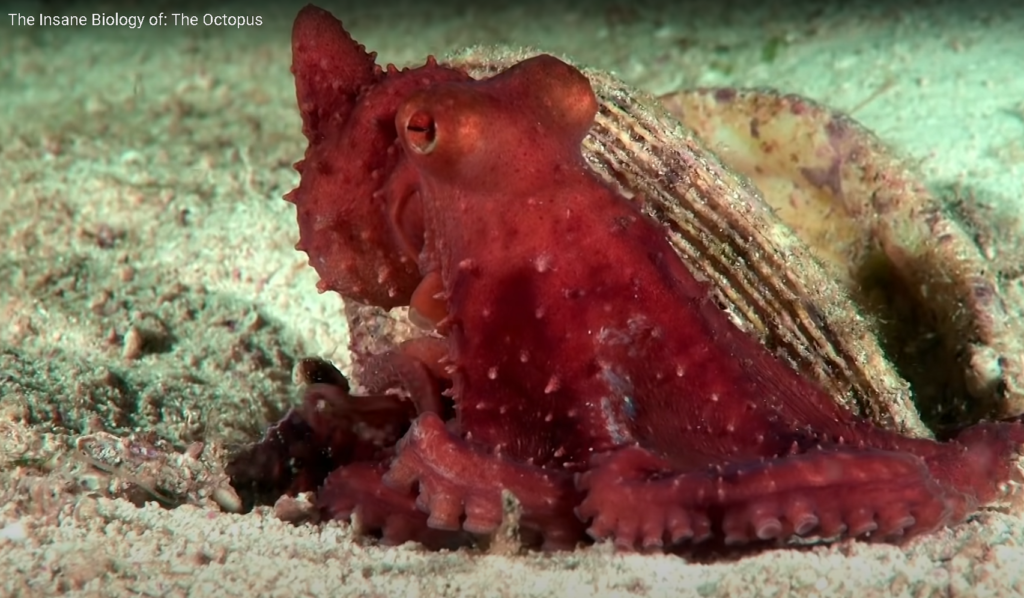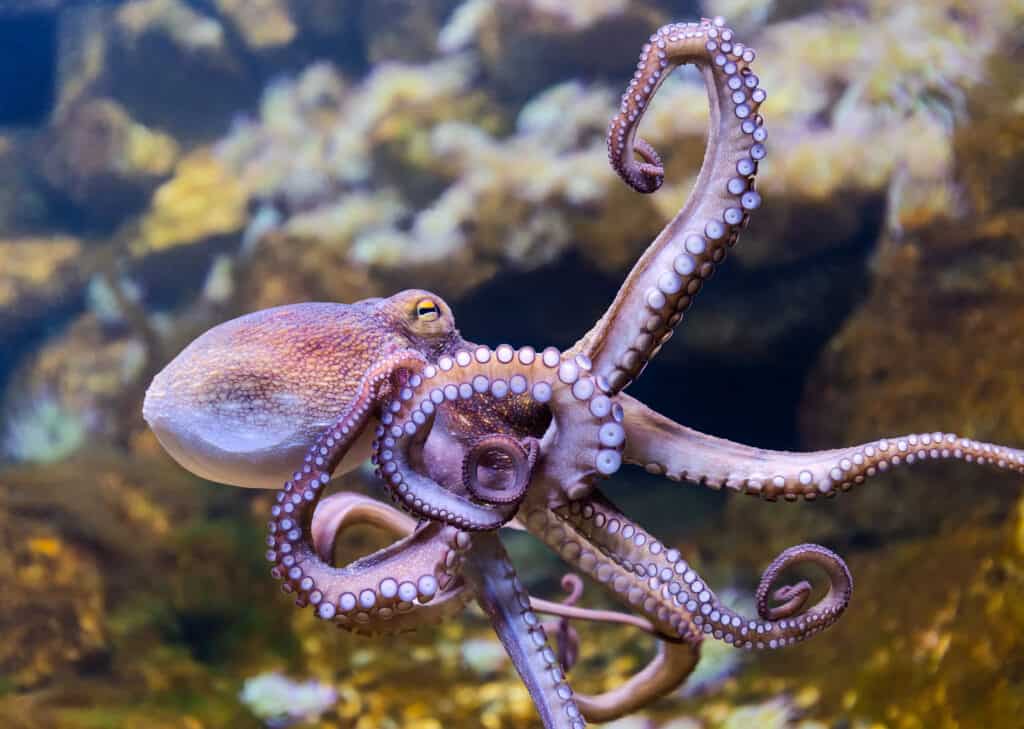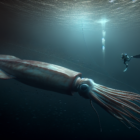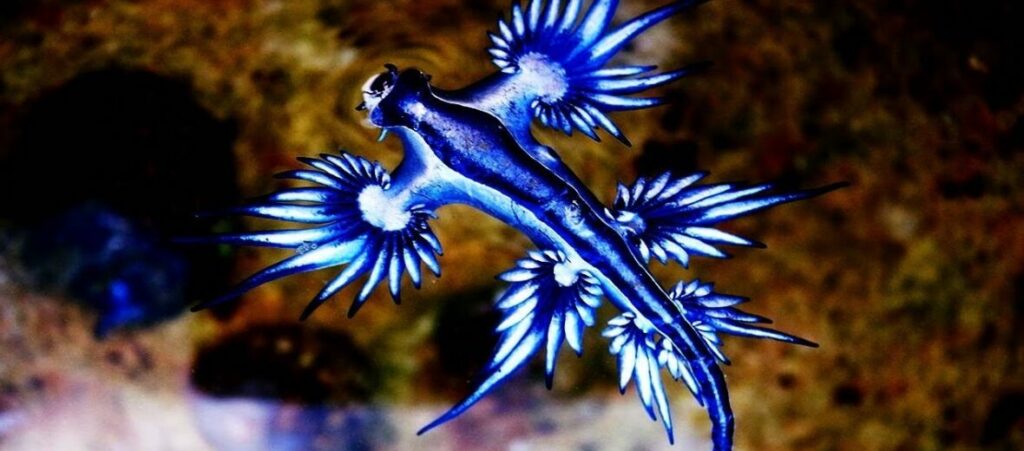The Insane Biology of: The Octopus (Documentary)

The octopus, a marvel of marine biology, defies conventional norms and captivates us with its astonishing abilities.
At the heart of the octopus’s remarkable biology is its highly advanced nervous system. With the majority of its neurons located in its arms rather than its brain, these incredible creatures exhibit decentralized intelligence.
Each arm possesses the capacity to taste and touch independently, allowing the octopus to interact with its environment on an unparalleled level. This distributed neural network contributes to their problem-solving skills, enabling feats of ingenuity that challenge our understanding of animal cognition.
Through a combination of specialized skin cells called chromatophores, iridophores, and leucophores, these cephalopods can change color, texture, and even emit light. This camouflage isn’t just for show; it serves as a complex language, communicating mood, readiness to mate, and warnings to potential predators or rivals.
Lacking a rigid skeleton, their bodies are supported by a hydrostatic structure, allowing them to alter their shape with unparalleled fluidity. This adaptability is a key component of their survival strategy, aiding in escape from predators and enhancing their hunting prowess.










